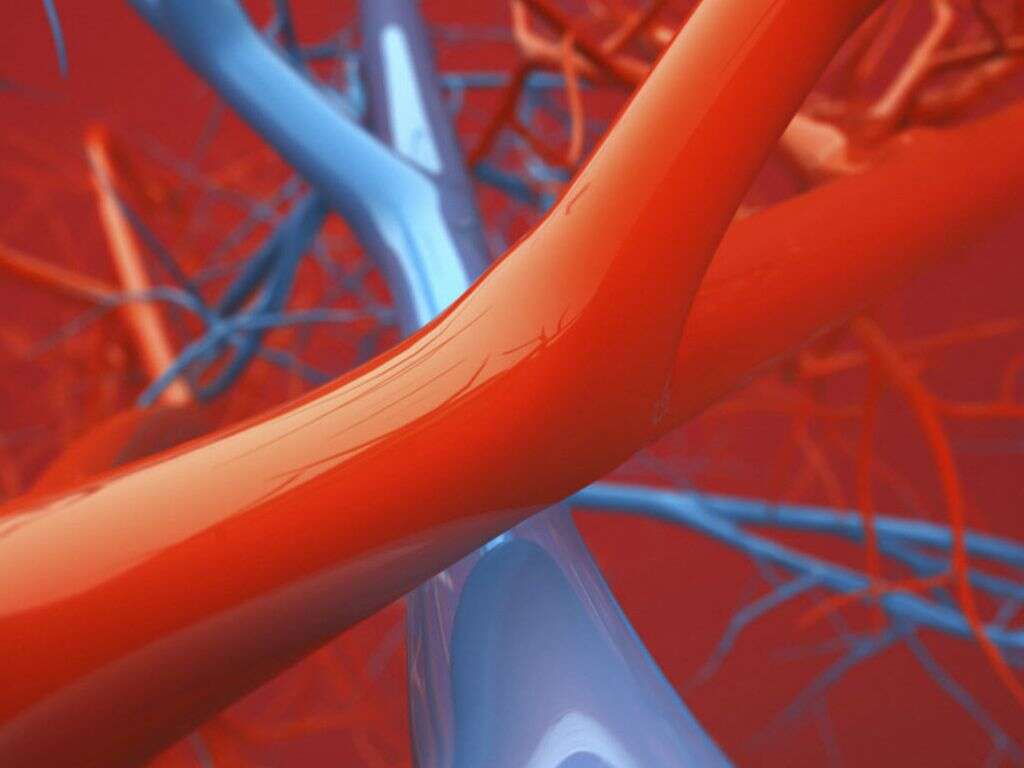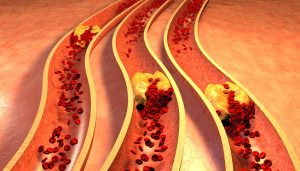

These and other factors can all contribute to circulatory problems. diabetes, which can result in nerve and vein damage.various aspects of metabolic syndrome, including heart and kidney disease.fatty deposits in the blood vessels, leading to atherosclerosis.varicose veins due to pressure on the abdomen and lower body.If you have obesity, you could be at high risk for circulatory problems. How can you lower your risk of cardiovascular disease if you have diabetes? Obesity People with diabetes have a higher risk of atherosclerosis, high blood pressure, and heart disease. These can sometimes make an amputation necessary.ĭiabetes can also increase the risk of heart and blood vessel problems, including PAD.

Without treatment, ulcers and infections can arise. If anyone has a foot or leg wound with diabetes, they should seek medical advice. This is because diabetic neuropathy can cause reduced sensation in the extremities. People with advanced diabetes may have difficulty detecting the signs of poor circulation or wounds.
#FLOW OF BLOOD THROUGH THE HEART SKIN#
blue nailbeds or a pale blue tinge to the skin, which may be harder to see on darker skin.Persistently high blood glucose can cause damage to nerves and blood vessels, affecting circulation throughout the body, including the arms, legs, hands, and feet. What are some home remedies for varicose veins? Diabetes standing for a long time, for example, at work.However, they don’t usually break up and cause further complications, as with DVT.įactors that increase the risk of varicose veins include:

If you have varicose veins, you might feel the following symptoms in your legs:ĭamaged veins can’t move blood as efficiently as other veins, and poor circulation may become a problem. They can develop when there is extra pressure on the blood vessels in the lower extremities or because of damage to blood vessels. The veins appear gnarled, twisted, and engorged. Varicose veins are enlarged veins, usually in the legs. What does a blood clot feel like? Varicose veins Early treatment can often prevent severe complications. When this happens, the results may be serious or even deadly. You’re more likely to have DVT if you spend a long time without moving, for example, if you have mobility problems or have extended bed rest. It may result in a stroke, heart attack, or pulmonary embolism. If you have DVT and a blood clot in your leg breaks away, it can pass through other parts of your body, including your heart or lungs. In deep vein thrombosis (DVT), a clot develops in veins deep in the body, often in the leg. They can develop almost anywhere in your body, but a blood clot that develops in your arms or legs can lead to circulation problems.īlood clots can develop for a variety of reasons, and they can be dangerous. What are the treatment options for PAD? Blood clotsīlood clots block the flow of blood, either partially or entirely. The risk of developing PAD is four times higher for people who smoke than for nonsmokers. PAD is most common in adults over 50 but can also affect younger people. If plaque builds up in the arteries of your heart, you’re at risk of having a heart attack. Your carotid arteries are the major blood vessels that deliver blood to your brain. Without treatment, reduced blood flow and plaque in your carotid arteries may result in a stroke. In time, it can lead to nerve and tissue damage. Reduced blood flow in your extremities can cause: Both conditions decrease blood flow to your extremities and can result in pain. In an associated condition called atherosclerosis, arteries stiffen due to plaque buildup in the arteries and blood vessels. It can lead to poor circulation in your extremities, typically the legs. PAD is a circulatory condition that causes a narrowing of the arteries. Peripheral artery disease is a type of peripheral vascular disease. There are several different causes of poor circulation.


 0 kommentar(er)
0 kommentar(er)
